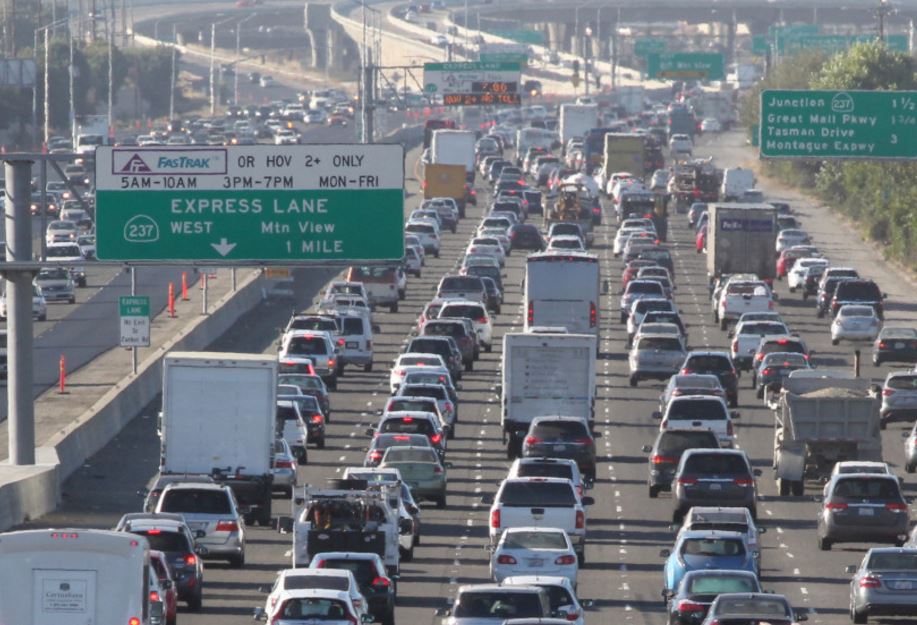
Billions on the way for California's infrastructure
Posted by Keith Severson on May 10, 2017
Finally, some relief is on the way to fix California’s attention-starved infrastructure.
After years of stalled funding talks in Sacramento and lack of consensus among lawmakers on how to raise the billions needed to repair our roads, highways and bridges, Gov. Jerry Brown and the legislature struck a 10-year $52 billion transportation deal.
The Road Recovery and Accountability Act passed last month calls for higher fuel taxes and fees beginning in November, which are estimated to cost the average driver about $10 a month.
California’s infrastructure, especially the roads, has ranked as some of the worst in the nation for many years.
This desperately needed funding will go a long way toward shoring up the crumbling conditions of our infrastructure and bringing solutions to the horrendously crowded highways.
Transportation funding hasn’t increased in California in 23 years, since Republican Gov. George Deukmejian championed the last gas tax increase in 1994.
The only debate left now is where do we begin in making a dent in California’s $136 billion backlog of repairs on state highways and local roads?
“This bill will provide hundreds of thousands of jobs for poor people who need work and it will stimulate the economy,” said Sen. Jim Beall, D-San Jose, who introduced Senate Bill 1. “For me, this is a wise plan that’s a modest plan.”
Money would go to:
$200 million a year for road maintenance in self-help counties—those that have passed a local transportation tax or funding scheme—according to performance criteria
$100 million per year for the Active Transportation Program
$400 million per year for state highway bridge and culvert maintenance and rehabilitation
$5 million per year for workforce training
$25 million per year for freeway service patrols
$25 million per year for local planning grants
$7 million per year for transportation research at UC and CSU
Remainder would be split in half between state highway system maintenance or operation and cities and counties by formula.
The additional 4 percent increase in sales and use tax on diesel would be for public transportation.
Half of the diesel excise tax increase would go to a new Trade Corridors Enhancement Fund.
Gas tax increases on boats and off-road vehicles would be used for Parks and Recreation Fund.
Money would come from
12-cent-a-gallon increase in gas excise tax
20-cent-a-gallon increase in diesel excise tax
Increase in the Vehicle License Fee, ranging from $25 to $175 depending on the value of the vehicle
New annual $100 fee on electric vehicles starting in 2020
Additional 4 percent increase in sales and use tax on diesel
Oversight and other provisions:
Create the Independent Office of Audits and Investigations within Caltrans, headed by an Inspector General.
Require Caltrans to update the Highway Design Manual to incorporate “complete streets” concept.
Increase contracts awarded to small, minority-owned, and disabled veteran-owned businesses.
Accelerate repayment of transportation loans to general fund.
End the Traffic Congestion Relief Program and instead creates the Solutions for Congested Corridors Program to achieve a balanced set of transportation, environmental and community access improvements within highly congested travel corridors.
Create an Advance Mitigation program to speed up CEQA issues and protect environmental resources.
Prohibit requiring the retirement, replacement, retrofit or repower of a self-propelled commercial motor vehicle.
Back to all Blogs
